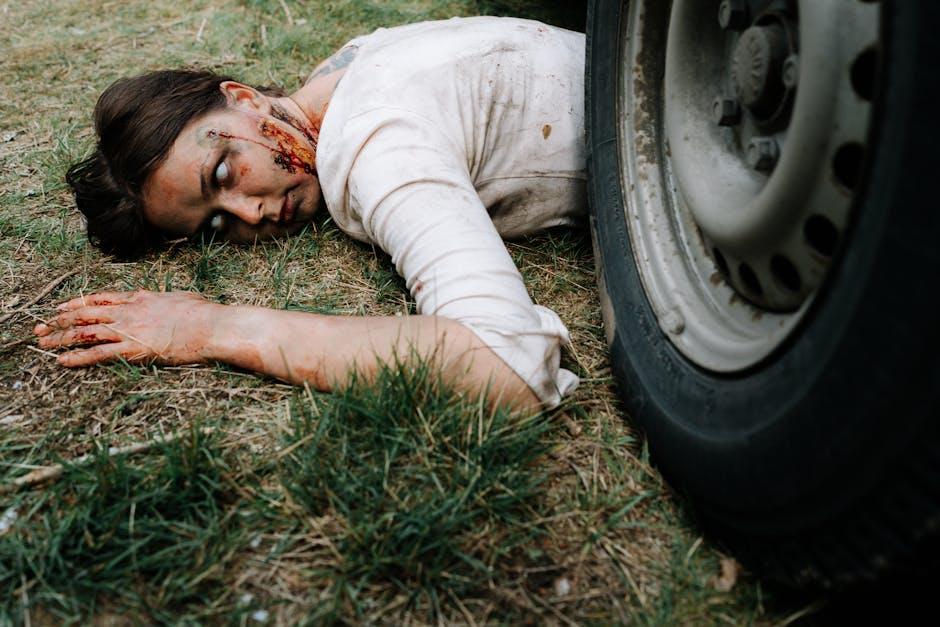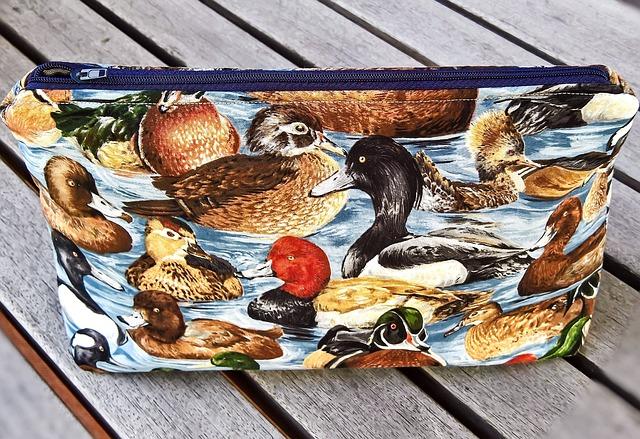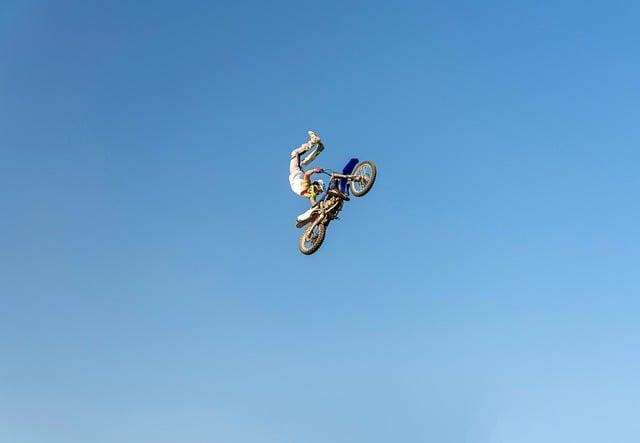In an era dominated by pixels and digital wizardry, the allure of practical effects in blockbuster films remains as captivating as ever. These tangible, hands-on techniques evoke a sense of authenticity and craftsmanship that digital counterparts often strive to emulate. From intricate puppetry to breathtaking stunts, practical effects have a unique power to immerse audiences, grounding fantastical worlds in reality. This article delves into the most remarkable examples where filmmakers chose ingenuity over computers, proving that sometimes, the old ways are the best ways. Join us as we explore the art and magic behind the best practical effects that have left an indelible mark on cinema.
Masterpieces of Mechanical Magic
- Jaws (1975): Steven Spielberg’s iconic thriller relied heavily on a mechanical shark affectionately nicknamed “Bruce.” Despite frequent malfunctions, the animatronic creature delivered a terrifyingly realistic portrayal of the Great White, proving that suspense could be built through practical ingenuity.
- The Thing (1982): John Carpenter’s horror masterpiece is renowned for its groundbreaking creature effects. Using a combination of puppetry, animatronics, and prosthetics, the film’s special effects team created grotesque transformations that still haunt audiences today, showcasing the power of tactile terror.
- Mad Max: Fury Road (2015): George Miller’s adrenaline-fueled spectacle brought vehicular mayhem to life with minimal digital intervention. Real vehicles were rigged with complex machinery and stunts were performed by skilled drivers, creating breathtaking sequences of explosive action.
- Star Wars: Episode IV – A New Hope (1977): The original Star Wars revolutionized sci-fi with its innovative use of models and practical effects. From the intricate miniatures of the Millennium Falcon to the lifelike puppetry of characters like Yoda, the film set a new standard for immersive world-building.
- Inception (2010): Christopher Nolan’s mind-bending epic utilized practical effects to create its dreamlike landscapes. The rotating hallway fight scene, executed with a custom-built set and precise choreography, stands as a testament to the impact of real-world ingenuity over digital trickery.

Ingenious Use of Makeup and Prosthetics
In the realm of blockbuster films, the art of makeup and prosthetics has elevated storytelling by bringing fantastical characters to life without relying on CGI. These practical effects showcase the extraordinary skill of artists who transform actors into creatures and characters with stunning realism. Rick Baker’s work in An American Werewolf in London is a prime example, where intricate prosthetics and makeup created a jaw-dropping werewolf transformation scene that remains iconic.
- Character Creation: The meticulous use of latex and silicone allowed for seamless skin textures, adding depth and believability.
- Transformative Magic: Layered prosthetics enabled gradual transformations, such as the chilling metamorphosis of Mr. Hyde in The League of Extraordinary Gentlemen.
- Emotional Depth: Makeup artists crafted expressive prosthetic masks that captured nuanced emotions, as seen in The Elephant Man.
These ingenious applications not only preserved the authenticity of performances but also showcased the limitless potential of human creativity in filmmaking.

The Art of Practical Set Design
In the realm of cinema, practical set design elevates storytelling by crafting immersive worlds that captivate audiences. These tangible environments often serve as the backbone of a film, offering a palpable sense of realism. Consider the intricate work in “Mad Max: Fury Road”, where the desolate, dystopian landscapes were brought to life through meticulously constructed sets and real vehicles. The decision to use practical effects instead of CGI allowed for genuine interactions between actors and their environment, creating a visceral experience for viewers.
Another stunning example is “Inception”, where the iconic rotating hallway scene was achieved through a massive, motorized set that spun on an axis. This inventive approach not only heightened the suspense but also showcased the seamless blend of creativity and engineering. These films demonstrate how practical set design can enhance the authenticity and impact of a narrative, inviting audiences into a world that feels both extraordinary and believable.

Elevating Action with Real-world Stunts
In the realm of blockbuster cinema, the heart-pounding excitement of real-world stunts often eclipses digital wizardry. These practical effects, executed with precision and bravery, bring an authentic edge that captivates audiences. Here are some unforgettable examples:
- The Dark Knight (2008): Christopher Nolan’s masterpiece is renowned for its stunning practical effects, notably the jaw-dropping truck flip scene, achieved with minimal CGI.
- Mad Max: Fury Road (2015): George Miller’s high-octane spectacle relied heavily on practical effects, with real vehicles and stunt performers delivering relentless action.
- Mission: Impossible – Fallout (2018): Tom Cruise’s daring helicopter chase and HALO jump were performed with real-world stunts, pushing the boundaries of action cinema.
These films showcase the art of blending creativity with physical skill, elevating action sequences to new heights while honoring the craft of practical effects.

